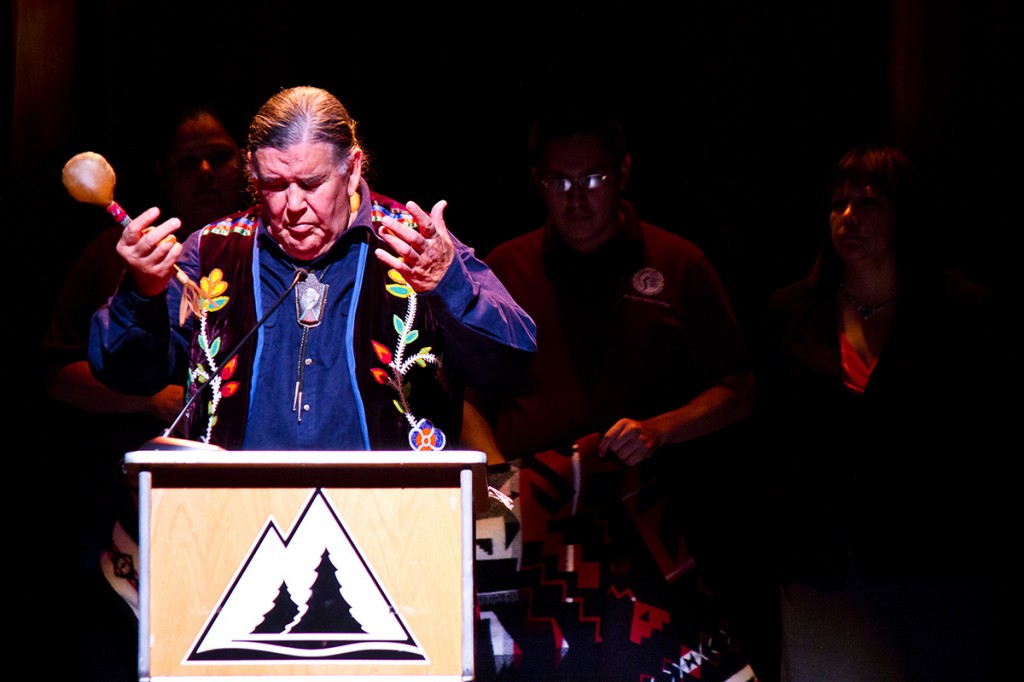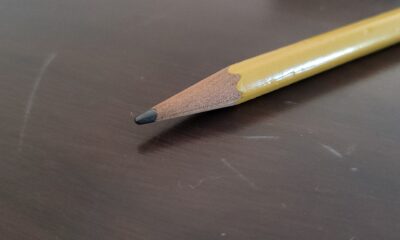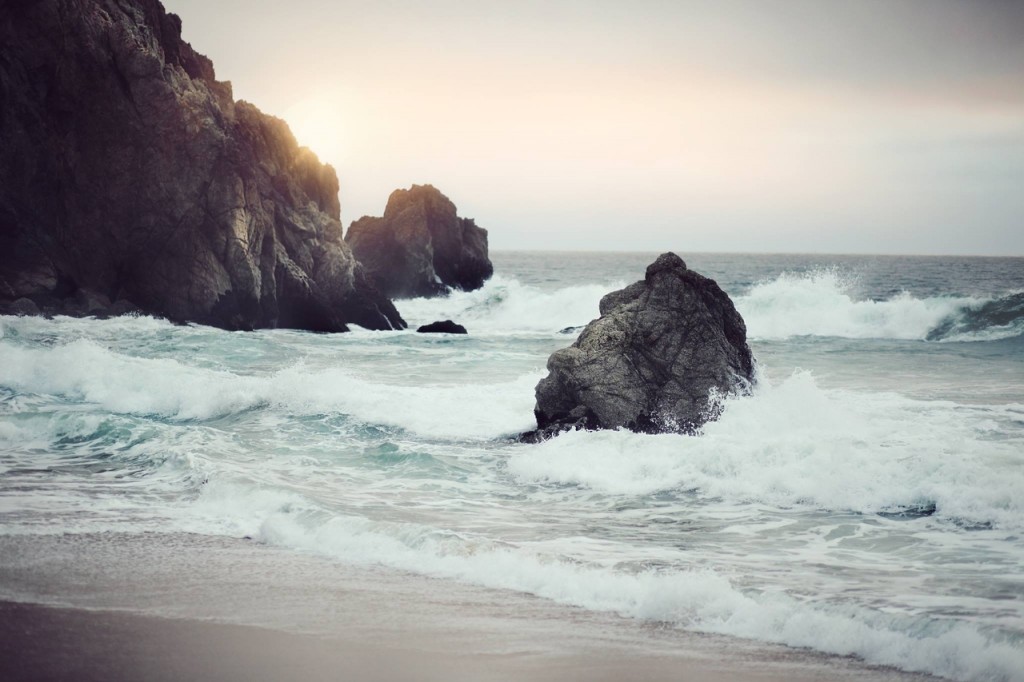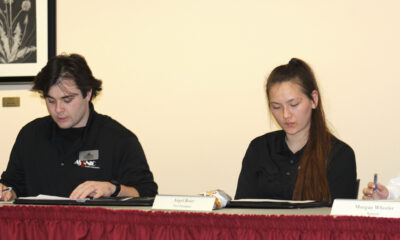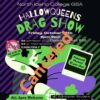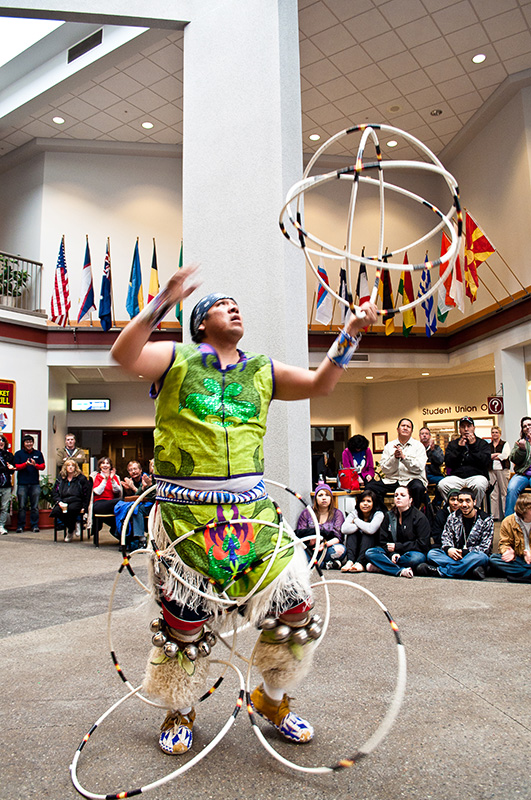When Nicholas Black Elk was an old man, he had a dream.
In the dream, Black Elk saw young American Indian men and women all dressed in red. They had carried a sacred fire across the land—through tornados, rain and hail—and were coming into Wounded Knee to liberate the people.
The dream became a prophecy, one that Black Elk—a medicine man of the Oglala Lakota and survivor of the Wounded Knee Massacre of 1890—often spoke of in the years to come. It was 1935.
Years passed. In 1972, Black Elk’s grandson, Wallace Black Elk, heard the sound of drums.
Climbing up over the hill, he saw a group of young American Indians, all dressed in red: the American Indian Movement, co-founded and led by Clyde Bellecourt. They were carrying a “manifesto” to Washington D.C.: a twenty-point solution paper meant to make Congress honor the treaties signed so long ago.
In that moment, Wallace Black Elk knew that his grandfather’s prophecy had been fulfilled—by Clyde Bellecourt and the American Indian Movement.
Bellecourt spoke at NIC Feb. 2 about his history, and the work yet to be done by American Indians. Before his speech, the Oyate Drum Group performed the Honor Song, and the Freedom Song.
At 75 years old, Bellecourt said he remembers a time when there was a ceremony for everything that American Indians did. He remembers gathering wild rice on the White Earth Indian Reservation in northwestern Minnesota, and returning home after a long day of fishing with his father to the sound of drums and singing.
“How beautiful it was,” said Bellecourt. “There were times in our history when people were killed because they wanted to continue that beautiful way of life.”
Bellecourt cited the introduction of alcohol and government food staples as forms of “chemical warfare.” Combined with boarding schools that took children hundreds of miles away from home and “stripped” them of their language and culture, Bellecourt said that was the beginning of numerous social and health problems for American Indians.
“We were the only culture in the world that had no alcohol,” Bellecourt said. “Chemically, our systems can’t handle that. It brings about diabetes and heart problems. Before any treaty was made, they brought their bootleggers in to get the people drunk.”
Before 1946, Bellecourt said there wasn’t a single case of diabetes on his home reservation. Today, about 60 percent of the people living there have diabetes—and according to the Indian Health Service, American Indians and Alaska Natives have the highest rates of Type 2 diabetes in the United States.
Bellecourt said he was always committed to improving life for American Indians. In 1968, he was appointed to an all-Indian commission created by Congress to study the treaties and the Bureau of Indian Affairs.
While serving on that commission, Bellecourt said he discovered many startling facts: American Indians were living to be 43.5 years old at that time, while whites lived to be 65 and older. The gross national income for American Indians was $1500 per year. For every white baby that survived the first six months, four Indian babies didn’t make it, Bellecourt said.
That’s when the American Indian Movement was born. The first members—about 80 people, Bellecourt said—came together in Minneapolis.
“I got up and talked too much,” Bellecourt said with a laugh. “They made me chief.”
Since then, Bellecourt has been at the helm of AIM’s actions—from protests against sports teams using American Indians as mascots, to forming a Legal Rights Center for American Indians, to speaking before the United Nations for the International Indian Treaty Council in 1974.
Bellecourt was a prime organizer of “The Siege of Wounded Knee” in 1973. According to the AIM website, AIM was contacted by Lakota elders for assistance in dealing with the corruption of the Bureau of Indian Affairs and Tribal Council, leading to the 71-day occupation of the town of Wounded Knee, South Dakota and battle with the U.S. armed forces.
Still, 43 years after AIM was founded, Bellecourt said there is still a long way to go.
“Be strong!” Bellecourt urged. “Be strong, my young people! Hang in there together. We still have work. We still have work.”
